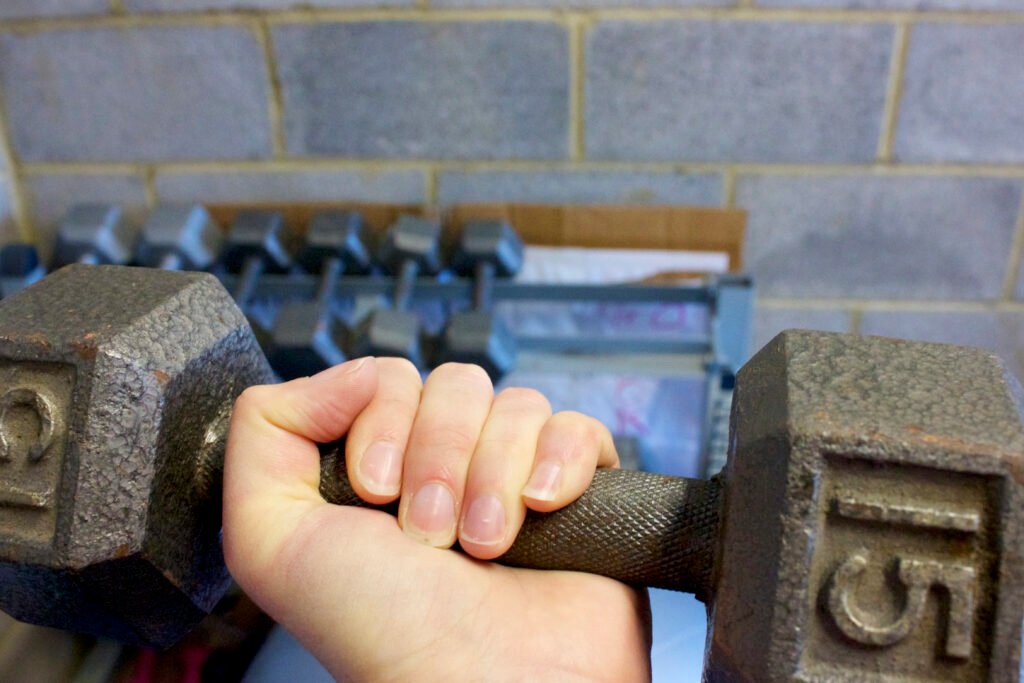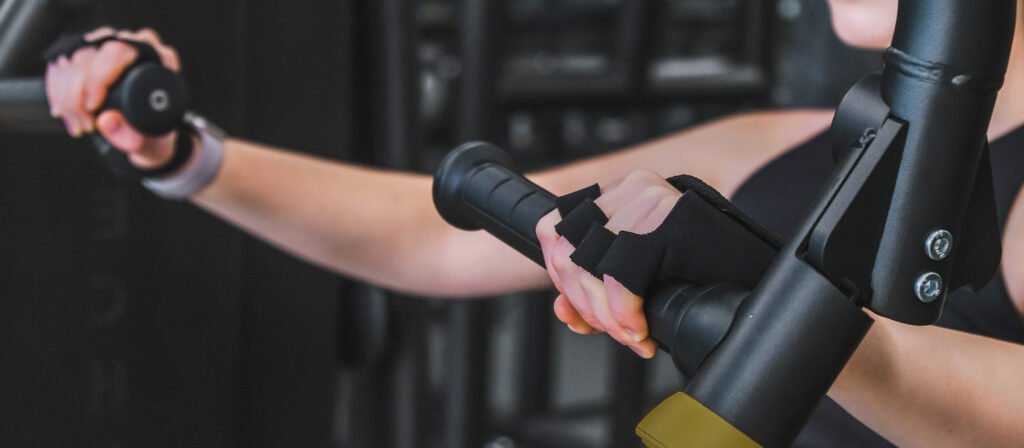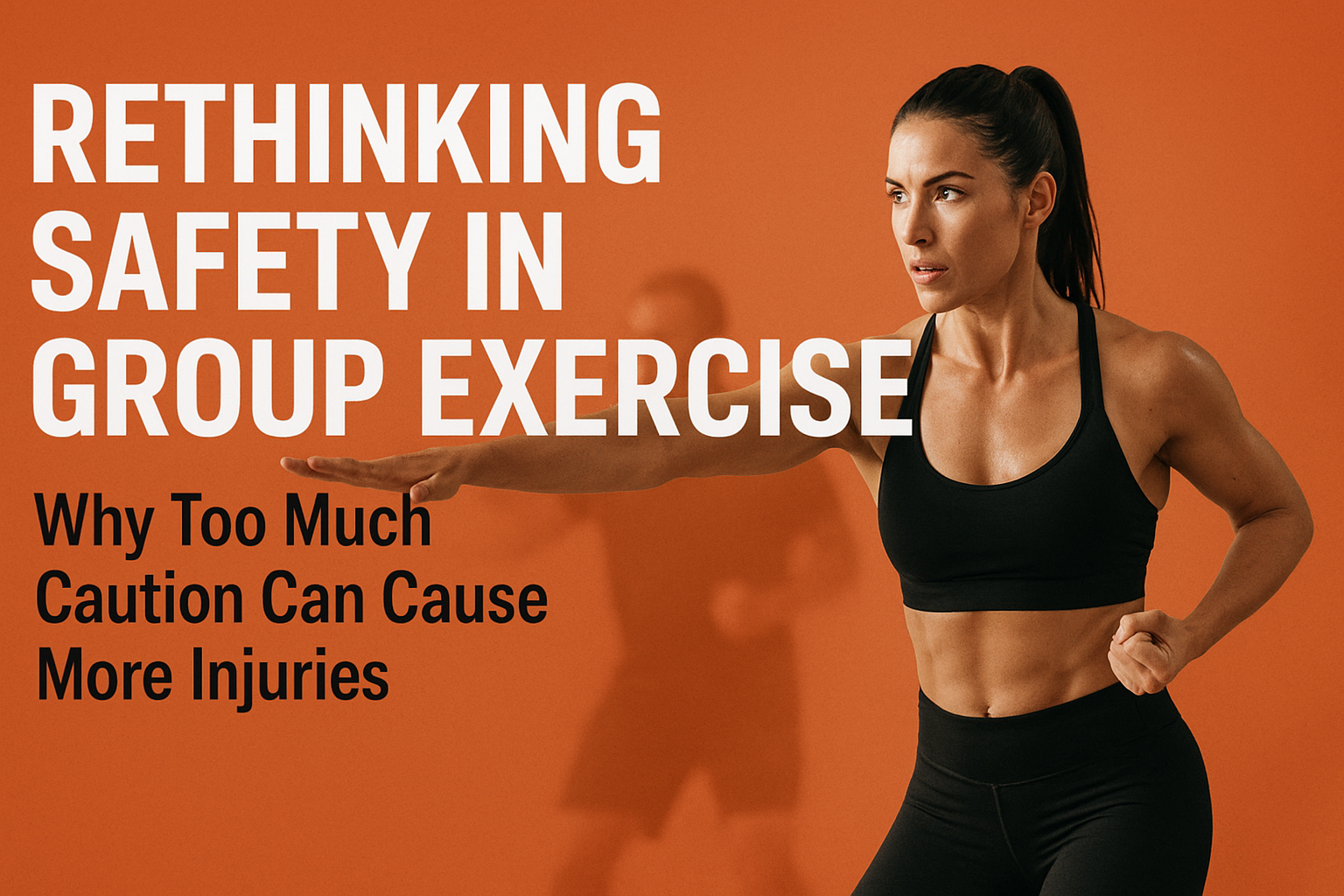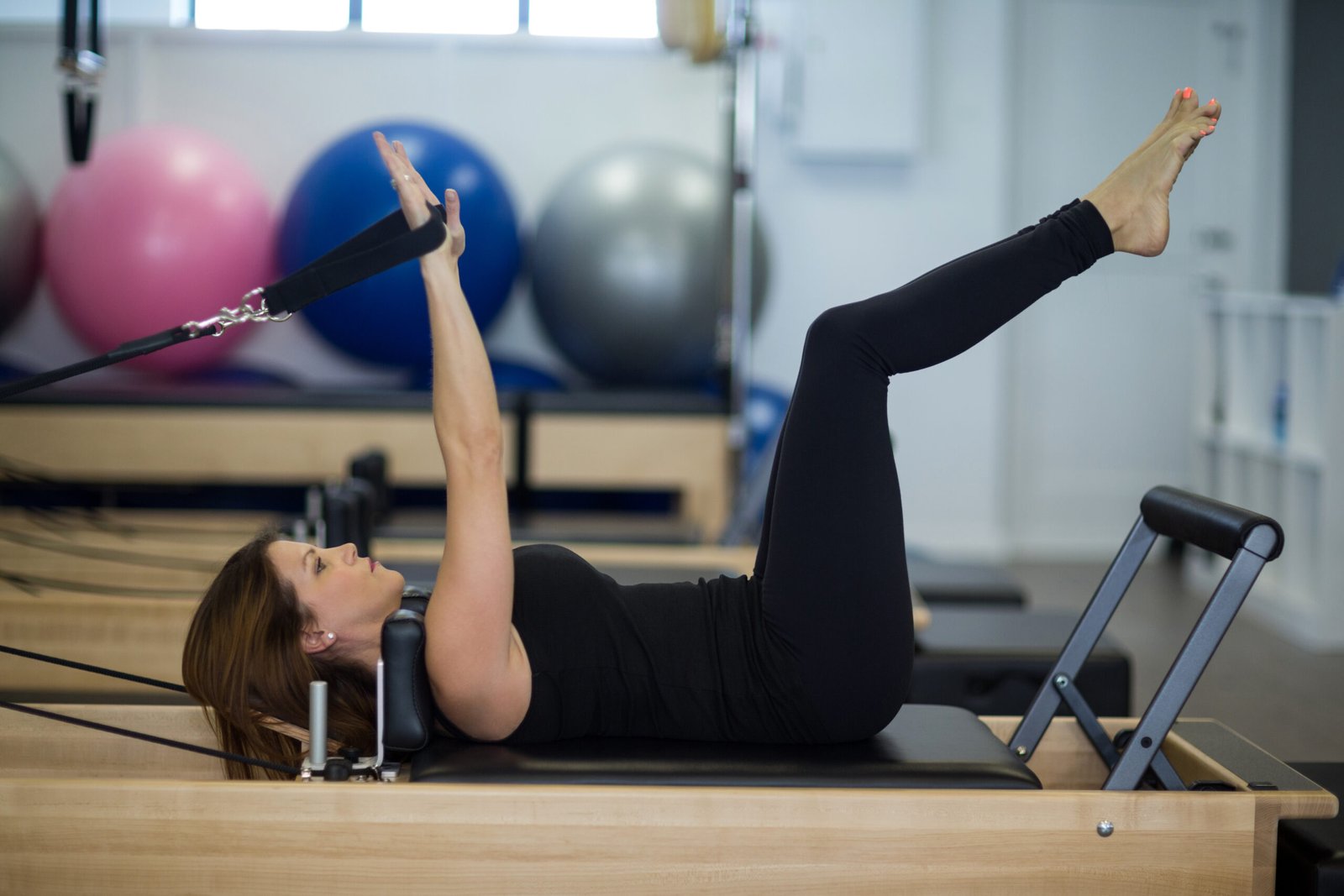In recent years, an unexpected metric has been gaining attention in the world of health indicators: grip strength. Often overlooked, grip strength serves as more than just a measure of the force with which you can hold onto something. It’s a powerful biomarker that provides invaluable insights into an individual’s overall health and well-being. As we delve deeper into the science of grip strength, you’ll uncover how this simple metric can indicate potential health risks, improve longevity, and become a staple in modern healthcare assessments. Read on to discover how harnessing grip strength can unlock the power to improve your overall wellbeing, giving you the key to a healthier, longer life.
Grip Strength: An Important Biomarker for Assessing Health
| Aspect | Details |
|---|---|
| Insightful Biomarker | Provides insights into muscular and overall health. |
| Lower Health Risks | Linked to reduced risks of cardiovascular diseases and mortality. |
| Simple Assessment | Non-invasive, easy-to-use method for health checks. |
| Life Quality Enhancement | Improves longevity and quality of life when maintained. |
| Professional Use | Increasingly integrated into health evaluations by healthcare professionals. |
Grip strength is rapidly becoming recognized as a crucial biomarker in health assessments. It provides insights not only into an individual’s muscular endurance but also into their overall health status, including cardiovascular health and mortality risk. Multiple studies have shown that individuals with stronger grip strength tend to have lower risks of various health issues, including heart diseases and premature death. Grip strength assessment is a non-invasive method that can serve as an early warning system for underlying health problems, which makes it an integral part of comprehensive health evaluations. Consequently, healthcare professionals are increasingly relying on grip strength as a key measure of health and longevity.
– Insightful biomarker: Offers insights into muscular and overall health.
– Lower health risks: Linked to reduced risks of cardiovascular diseases and mortality.
– Simple assessment: Non-invasive, easy-to-use method.
– Life quality enhancement: Potentially improves longevity and quality of life.
– Professional use: Increasingly part of comprehensive health evaluations.
What Your Grip Strength Means for Your Overall Health — and Exercises To Improve It
| Exercise | Target Area | Benefit |
|---|---|---|
| Squeeze a Stress Ball | Hand and wrist | Improves hand and wrist endurance, easy to perform at any time. |
| Use Hand Grippers | Forearms and hands | Strengthens forearm muscles and enhances grip strength. |
| Deadlifts | Full body, upper body, back | Engages multiple muscle groups to improve grip strength and overall fitness. |
Grip strength holds a firm place in the list of health indicators, thanks to its emerging recognition as a key indicator of overall health and longevity. Research has shown that lower grip strength is associated with an increased risk of conditions such as heart disease, osteoporosis, and cognitive decline. A stronger grip not only signals better muscle function but also is a testament to improved physical fitness and mobility. To unlock the benefits of grip strength on health, simple exercises like squeezing a stress ball, using hand grippers, or performing deadlifts can be incorporated into one’s daily routine. By weaving grip strength training into your fitness regimen, you contribute positively to your overall wellness and healthy aging.
– Health and longevity indicator: Links grip strength to long life and reduced health risks.
– Stronger grip, better health: Signals better muscle and bone health, cognitive function.
– Simple exercises to enhance strength:
– Squeeze a stress ball: Improves hand and wrist endurance.
– Use hand grippers: Targets the forearm muscles and improves hand strength.
– Perform deadlifts: Engages entire upper body and back, enhancing grip capability.
– Positive long-term effects: Promotes healthy aging and overall wellness.
How Grip Strength is Related to Your Health
| Health Condition | Grip Strength Relationship |
|---|---|
| Cardiovascular Disease | Low grip strength is correlated with increased risk. |
| Osteoporosis | Stronger grip is associated with better bone density and lower fracture risk. |
| Cognitive Decline | Stronger grip may indicate better brain health and lower risk of dementia. |
| Physical Decline | Weaker grip strength correlates with premature aging and mobility issues. |
Grip strength is not just about physical power; it’s an indicator of your overall health and susceptibility to various conditions. As a reliable predictor of your health, grip strength is linked to reduced risks of cardiovascular disease and all-cause mortality. Reduced grip strength, on the other hand, has been associated with premature aging and physical decline. Regular assessment of grip strength can provide early warning signs of muscle and bone degeneration, empowering individuals to take timely actions. In older adults, strong grip strength correlates with improved mobility, decreased fall risks, and enhanced quality of life.
– Health condition predictor: Indicates risks for diseases like cardiovascular issues.
– Early warning system: Alerts to potential muscle and bone problems.
– Mobility and quality of life enhancer: Especially beneficial in older adults, reducing fall risks and improving life quality.
– Actionable assessments: Regular check-ups can inform early interventions to strengthen physical health and promote longevity.
Muscle Strength

Muscle strength, particularly grip strength, is increasingly recognized as an integral marker of overall health. This specific component of muscle health has been shown to predict several health outcomes, including cardiovascular well-being, mobility, and survival rates. Strong grip strength is linked to lower incidences of chronic diseases like heart disease and diabetes. Moreover, the strength of your grip reflects the muscle mass and condition throughout your body, acting as a microcosm for your overall muscle health. Incorporating exercises to boost grip strength can positively contribute to comprehensive health strategies, ultimately uplifting your wellness profile.
– Vital health marker: Correlates with reduced chronic disease risk.
– Muscle health indicator: Reflects wider muscle condition across the body.
– Comprehensive strategy: Grip strength exercises can be pivotal for overall wellness.
– Chronic disease prevention: Helps mitigate risks for heart disease and diabetes.
Immune Health
Grip strength is also emerging as a pivotal factor in assessing immune health. There’s a significant correlation between grip strength and the body’s ability to fend off illnesses. Enhanced muscle strength, which is reflected in grip, often corresponds to a robust immune response. Measuring grip strength is a fast and non-invasive way to evaluate general health status, providing a glimpse into your body’s defense mechanisms. Incorporating activities that enhance grip strength may subsequently benefit immune function and contribute to a longer, healthier life.
– Immune health indicator: Grip strength reflects the body’s illness-fighting capability.
– Robust immune response: Signaled by improved muscle strength.
– Quick health assessor: Non-invasive tool for evaluating immune health.
– Longevity enhancer: Grip-strengthening activities can bolster long-term wellness.
Chronic Disease Risk
| Chronic Disease | Grip Strength Correlation |
|---|---|
| Cardiovascular Diseases | Lower grip strength is associated with increased cardiovascular risks. |
| Diabetes | Weaker grip strength can signal higher risks of developing diabetes. |
| Cancers | Studies show reduced grip strength as a risk factor for some cancers. |
| Overall Health | Grip strength is a good predictor of overall health and chronic disease risks. |
With the ability to predict chronic disease risks, grip strength proves to be an invaluable tool in evaluating health and longevity. A multitude of studies point to a strong correlation between low grip strength and heightened risks of conditions such as cardiovascular diseases, diabetes, and certain cancers. As a simple measure of muscle health, grip strength can effectively forecast future health complications. Enhancing grip strength through targeted exercises can potentially serve as a preventive measure against chronic diseases.
– Risk predictor: Indicates potential for cardiovascular diseases, diabetes, cancers.
– Health forecast: Offers insight into possible future health issues.
– Preventive strategy: Strength training can lower chronic disease risks.
– Guidance provider: Regular grip tests help tailor health and fitness plans.
Mental Health
| Mental Health Aspect | Grip Strength Relationship |
|---|---|
| Stress Resilience | Stronger grip may signal better stress management and emotional stability. |
| Mood Regulation | Strong grip is associated with more stable moods and better emotional control. |
| Anxiety and Depression | Lower grip strength may indicate a higher likelihood of mental health issues. |
| Cognitive Function | Grip strength reflects cognitive health, correlating with mental clarity. |
The link between grip strength and mental health is an exciting new frontier for researchers. A strong grip is increasingly being seen as a predictor of mental health, influencing elements of emotional well-being. Studies reveal a connection between lower grip strength and a greater prevalence of mental health disorders like depression and anxiety. Conversely, strong grip may align with better stress resilience and a person’s ability to manage psychological pressures. Incorporating grip-strengthening exercises into regular routines can enhance mood regulation, offering both mental clarity and physical benefits.
– Mental health marker: Signals potential mental well-being status.
– Stress resilience enhancer: Strong grip indicates better stress-handling capacity.
– Mood and clarity booster: Grip exercises can stabilize emotions and improve focus.
– Holistic health approach: Simultaneously boosts mental and physical health.
Longevity
| Aspect | Grip Strength Relationship |
|---|---|
| Life Expectancy | Strong grip strength is linked to longer life expectancy. |
| Health Problems | Declines in grip strength may indicate potential health problems. |
| Resilience | Strengthening grip can improve physical endurance and resilience. |
| Health Maintenance | Regular grip tests are a proactive measure for long-term health monitoring. |
Grip strength is appearing as a vital predictor of longevity, interconnected with overall muscle strength and health. Sturdy grip strength has been shown to reduce risks of cardiovascular diseases, mobility issues, and overall mortality. A decline in grip strength can illustrate broader health problems, underscoring the need for regular strength evaluations. Improving grip strength through exercise can increase physical resilience, potentially boosting life expectancy and quality.
– Longevity predictor: Associated with longer life span.
– Health problem indicator: Declines in grip indicate potential health issues.
– Resilience booster: Strengthening grip can enhance personal endurance.
– Life expectancy enhancer: Maintaining strong grip contributes to longer, healthier living.
Grip Strength: An Indispensable Biomarker For Older Adults

In older adults, grip strength serves as a crucial biomarker for assessing overall health and wellbeing. It is significantly linked to muscle strength, physical fitness, and the ability to perform daily functions. Various studies show that higher grip strength corresponds with increased lifespan, decreased risks of chronic diseases, and improved recovery outcomes in this demographic. Measuring grip strength offers a simple and cost-effective method to monitor health status and predict potential health challenges. Regular assessments can lead to timely interventions, thereby promoting health maintenance and improvement among older adults.
– Older adult health indicator: Reflects muscle and overall wellness.
– Lifespan extender: Strong grip linked to longer life in older populations.
– Cost-effective monitoring: Simple way to track health status.
– Timely intervention enabler: Regular evaluations can identify potential health risks early.
What is Grip Strength and How is it Measured?
Grip strength refers to the force applied by the hand when grasping or holding objects, serving as an essential gauge of muscle functionality and overall physical health. It’s commonly measured using a device called a dynamometer, which quantifies the maximum effort an individual can exert. Several factors influence grip strength, such as age, gender, and dominance of hand. Regular testing of grip strength provides essential insights into one’s health and helps predict potential health issues.
– Defining grip strength: Force applied by hand during grasping.
– Measurement method: Dynamometer used for precise quantification.
– Influencing factors: Age, gender, hand dominance.
– Health insights: Regular tests reveal health status and potential risks.
Why is Grip Strength Considered an Indicator of Overall Health?
Grip strength is an excellent reflection of overall muscle health and keeps one’s mobility and independence intact as age progresses. Its strong association with cardiovascular health indicates how well the heart can effectively pump blood throughout the body. As a predictive health marker, grip strength is instrumental in signaling upcoming health challenges, from cardiovascular diseases to general mortality. Furthermore, it reflects whole-body strength, illustrating the fitness level of an individual in a simple, cost-effective manner, suitable in both clinical and research settings.
– Muscle health reflection: Maintains mobility and independence.
– Cardiovascular link: Relates to heart health.
– Predictive marker: Foretells potential health issues.
– Whole-body strength indicator: Shows general fitness status.
– Measurement simplicity: Easy, non-invasive, cost-effective assessment.
What Factors Can Affect an Individual’s Grip Strength?
| Factor | Impact on Grip Strength |
|---|---|
| Age and Gender | Grip strength declines with age; men typically have stronger grips. |
| Physical Activity | Regular exercise improves muscle strength, including grip. |
| Nutrition and Diet | Adequate protein intake supports muscle health, positively affecting grip. |
| Medical Conditions | Conditions like arthritis can weaken grip strength due to joint issues. |
| Hand Size and Dominance | The dominant hand generally shows stronger grip due to higher muscle mass. |
Several factors can impact an individual’s grip strength. Age and gender play primary roles—grip strength generally declines with age and tends to be stronger in men due to higher muscle mass and testosterone levels. Muscle mass and regular physical activity also significantly affect grip strength, underscoring the importance of an active lifestyle. Additionally, nutrition and dietary habits—particularly with regard to protein intake—play a role in supporting muscle health. Certain medical conditions, like arthritis, can weaken grip strength due to compromised muscle control and joint health. Lastly, hand size and whether a person is left or right-handed also influence grip measurements, with the dominant hand typically exhibiting higher strength.
– Age and Gender: Influences muscle mass, strength declines with age.
– Physical Activity: More activity enhances grip strength.
– Nutrition and Diet: Adequate protein supports muscle health.
– Medical Conditions: Diseases like arthritis dim grip ability.
– Hand Size and Dominance: Dominant hand usually stronger.
How Can I Improve My Grip Strength?
| Exercise | Focus Area | Benefit |
|---|---|---|
| Farmer’s Walks | Full body, grip endurance | Engages core, legs, and arms, boosting grip strength and endurance. |
| Hand Grippers | Forearms, hands | Improves forearm muscle strength and grip power. |
| Dead Hangs | Full body, grip and shoulder | Strengthens hands, wrists, and upper body for better grip stability. |
| Resistance Bands | Hands and wrists | Targets specific hand muscles, enhancing grip strength over time. |
Improving grip strength is an achievable goal with specific exercises targeting hand and forearm muscles. Activities like farmer’s walks, hand grippers, and dead hangs can significantly enhance your grip strength. Incorporating resistance training and weightlifting assists in building overall muscle strength, thereby improving gripping power. Practice consistent, grip-specific workouts, including various types like pinch and crush grips, to see gradual improvements. Employ tools like grip strengtheners and resistance bands, targeting involved muscles, and make grip exercises an integral part of your fitness regimen for enhanced functionality and health support.
– Exercise selection: Engage with farmer’s walks, hand grippers, dead hangs.
– Overall muscle build-up: Resistance training and weightlifting for total muscle enhancement.
– Consistent practice: Maintain routine to see strength improvements.
– Diverse grips: Include pinch and crush exercises in workouts.
– Fitness integration: Regular routine boosts functionality and health.
Enhancing Your Health Through Grip Strength Awareness
Harnessing the power of grip strength as an indicator of health opens new doors to understanding one’s physical condition and well-being. Recognizing its implications on muscle function, immune health, chronic disease risk, and even mental and emotional health, highlights grip strength’s vast benefits beyond traditional metrics. Implementing regular assessments into life is a proactive approach to healthy aging and longevity, encouraging lifestyle habits supporting overall wellness. By paying attention to grip strength, individuals can take meaningful steps towards a healthier future, enriched with resilience and vigor.













